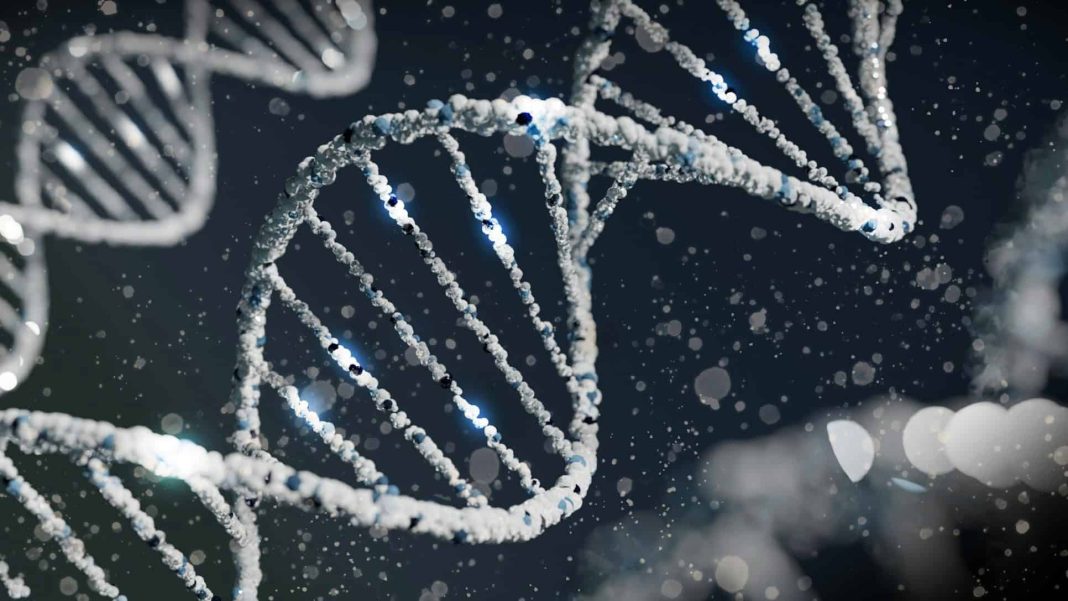Allowing experts to literally edit parts of a genome by removing, adding, or altering sections of the DNA sequence, Cas9 remains faster, cheaper, more accurate, and more efficient than any other existing, competing genome editing method. Scientists have heralded CRISPR as an enormous breakthrough in the field; its potential applications reach far and wide, particularly in the application to human health and agriculture.
But like any massive technological advance, such a sci-fi-centric tool entails a dual-use dilemma.
By dual-use dilemma, we mean when tech offers both beneficial and harmful uses, often in equal measure. Probably, no scientific breakthrough embodies this more than atomic energy; AI also comes to mind. As does Cas9–and the significant risks it poses.


